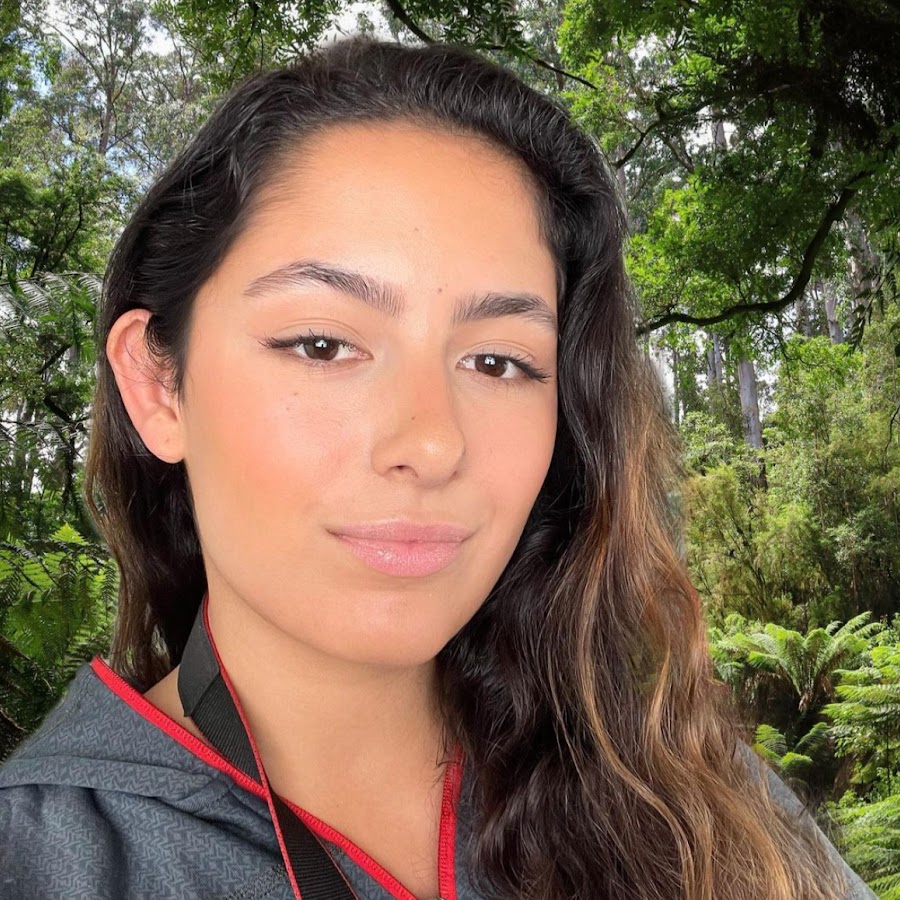For athletes facing injuries that threaten their performance or even their entire careers, the realm of sports medicine offers a beacon of hope through the use of allografts. In this exploration, Ashlee Morgan provides a comprehensive guide on what to expect during the allograft journey in sports medicine – from the initial consultation to the triumphant return to athletic activities.
Understanding Allografts in Sports Medicine
Allografts in sports medicine serve as transplants of human tissues, meticulously sourced from donors, and processed to repair or replace damaged ligaments, tendons, or cartilage. These procedures offer athletes a promising path to recovery and a swift return to their competitive endeavors.
Step 1: Initial Consultation and Evaluation
The allograft journey kicks off with a thorough consultation and evaluation led by a sports medicine specialist or orthopedic surgeon. This stage involves a detailed discussion of the athlete’s medical history, a physical examination, and, if necessary, diagnostic imaging tests. The specialist assesses the nature of the injury and determines the suitability of an allograft procedure. This initial consultation also includes a discussion of the procedure’s details, benefits, risks, and potential alternatives.
Step 2: Pre-Operative Preparations
Before the allograft surgery, athletes undergo preparatory steps to ensure a smooth and successful procedure. This includes pre-operative laboratory tests, medical clearance from the primary care doctor or anesthesiologist, and discussions about the anesthesia plan. Additionally, arrangements for post-operative care, including time off work, home assistance, and physical therapy or rehabilitation, are made during this phase Ashlee Morgan.
Step 3: The Allograft Procedure
The allograft procedure itself varies based on the type of injury being treated. Athletes can expect to receive anesthesia to ensure a pain-free and comfortable experience during the surgery. The procedure typically involves surgical access to the injured site and the removal of damaged tissue, setting the stage for the reconstruction or repair process.
Step 4: Recovery and Rehabilitation
Post-surgery, athletes enter the recovery phase, characterized by initial pain, swelling, and inflammation management through medication, ice, and rest. The guidance of the surgeon and physical therapist becomes crucial as athletes gradually return to normal activities. A tailored rehabilitation program is initiated, focusing on restoring strength, flexibility, and function to the affected area.
Step 5: Returning to Sports
The final phase of the allograft journey is the eagerly awaited return to sports. This phase involves a progressive reintroduction of sports-specific skills and drills as part of the rehabilitation program. Surgeons and physical therapists objectively assess the athlete’s readiness for sports, developing a safe and sustainable plan for returning to practice, training, and ultimately, competition.
In conclusion, the allograft journey in sports medicine is a structured process that encompasses consultation, preparation, surgery, recovery, and the triumphant return to athletic activities. Ashlee Morgan comprehensive guide illuminates the path athletes can expect to traverse as they navigate the world of allografts in their pursuit of optimal performance and recovery.


